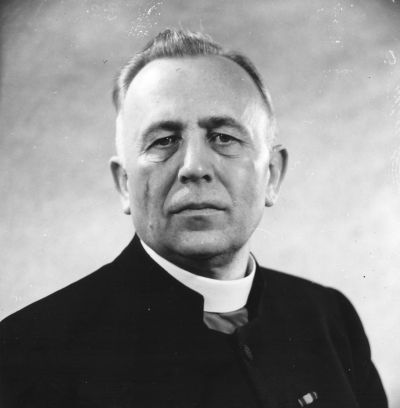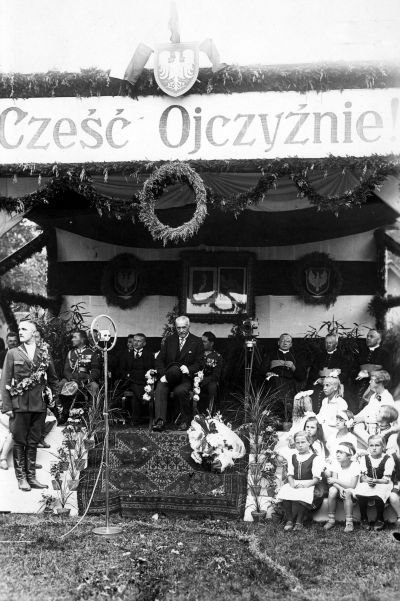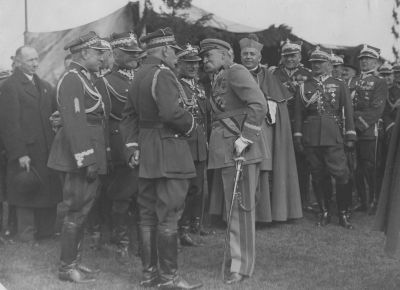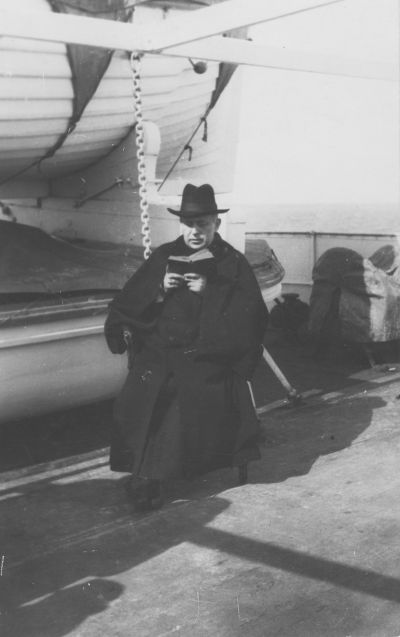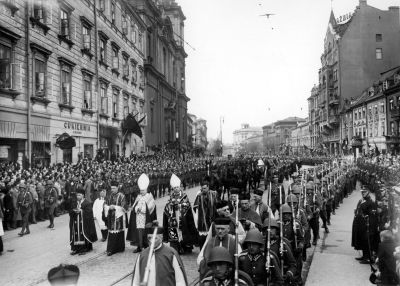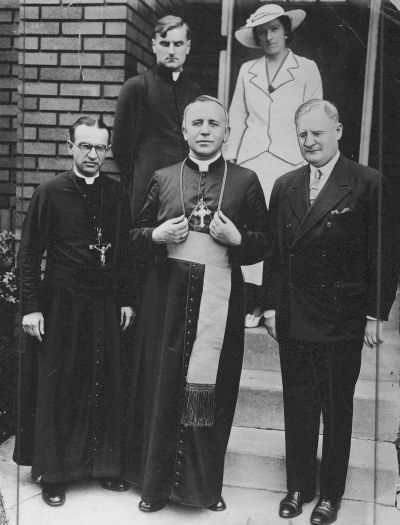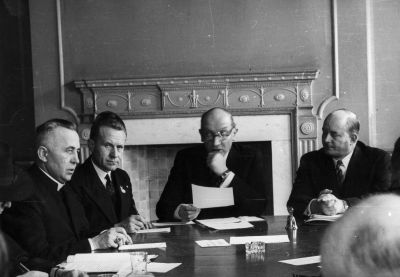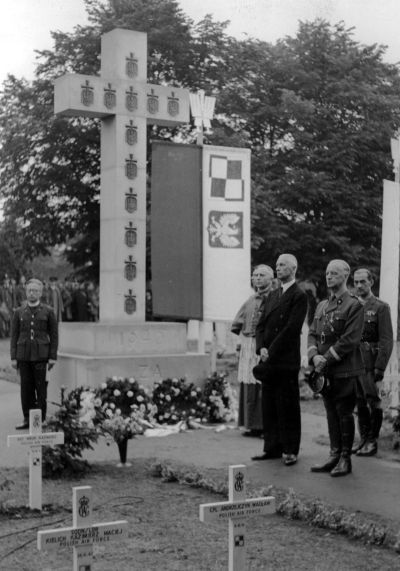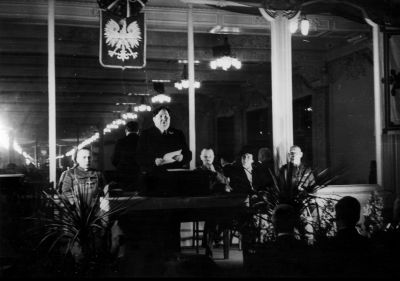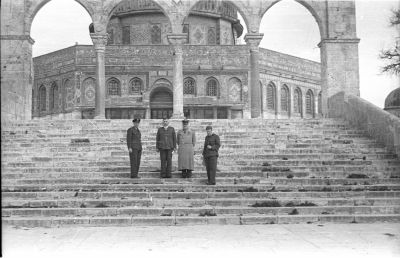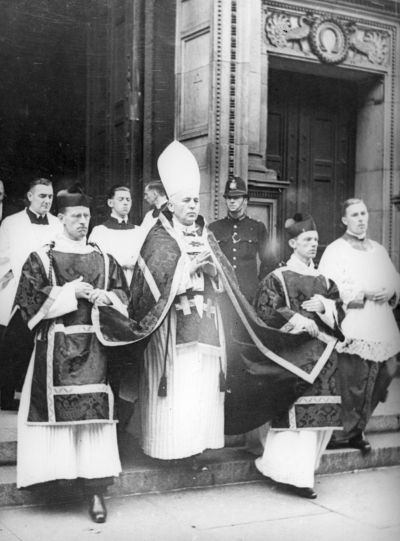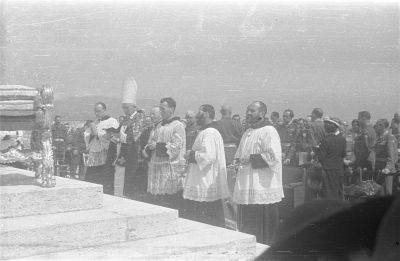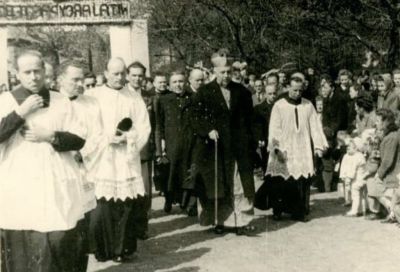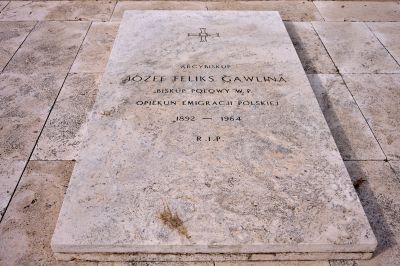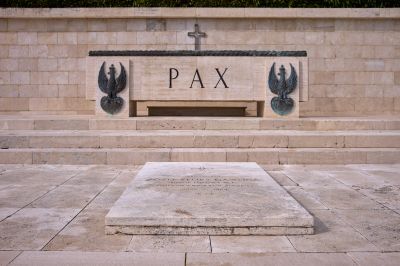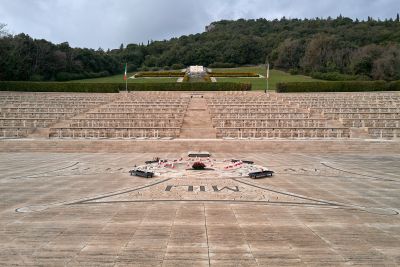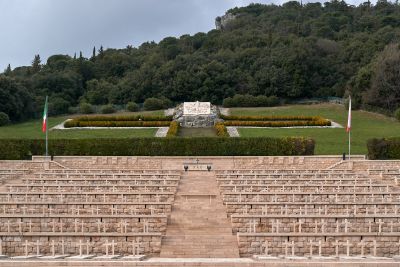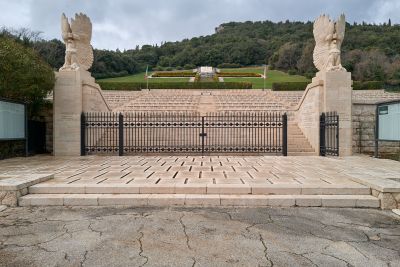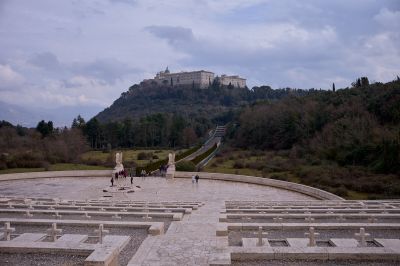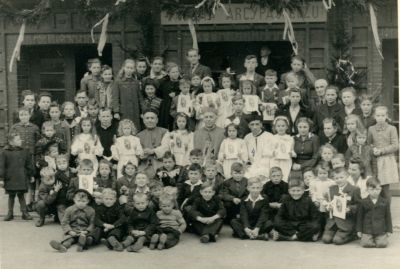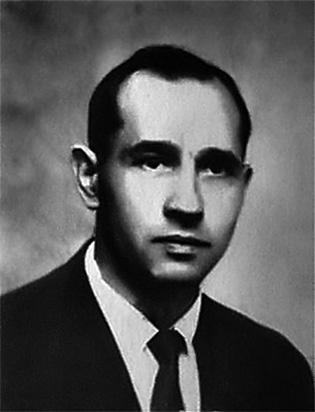Józef Feliks Gawlina (1892–1964). Legendary Polish pastor in Germany
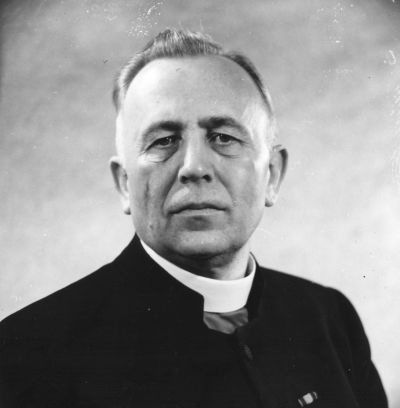
Childhood and youth
Józef Feliks Gawlina was born on 18 November 1892 in Strzybnik (Silberkopf), 6 km from Racibórz (Ratibor) near Opole (Oppeln) in Silesia. He was the son of Franciszek and Joanna, née Banaś. He attended the local school in Strzybnik before moving on to a humanistic grammar school in Racibórz. At first, he walked there on foot, before moving to accommodation in Racibórz and later in the town of Rybnik. In Rybnik, he obtained his higher school-leaving qualification (Abitur) at the Imperial Prussian Grammar School (Königlich-Preußisches Gymnasium). He then enrolled for the summer semester at the Catholic theological faculty of the University of Wrocław (Breslau) and lived in a seminary. After passing his exams and spending a year at a religious boarding school (Alumnat), he was qualified to apply to receive the sacrament of holy orders. During the second semester, his studies were interrupted when he was called to serve in the Prussian Army. He joined the 11th Grenadiers regiment and on 3 April 1915 his regiment advanced towards the French front. In November, he was wounded and was ordered to return to Wrocław, where he served in the garrison and continued his studies. In September 1917, he was sent to the Turkish front, was taken prisoner of war in 1918 near Damascus, and was released there in November 1919.
Gawlina the priest
After returning from imprisonment, Gawlina began a new period of study in Wrocław in the winter semester of 1920. On 19 June 1921, when he was 28, he was ordained as a priest by the Bishop of Wrocław, Adolf Bertram. As a German citizen, he was dispatched to the parish of Dębieńko (Debenko) in the part of Silesia belonging to Germany, where he worked for one year. In April 1922, he was transferred to Tychy (Tichau). On 21 May 1923, he requested that he be transferred to the newly established apostolic administration of Polish Silesia in Katowice. On 7 July 1924, the administrator of the diocese, Father August Hlond, named him Secretary General of the Catholic League for the apostolic administration for Silesia on the Polish side. From 2 to 4 September 1924, he organised the Third Silesian Congress in Katowice, which was regarded as his greatest personal achievement. At this congress, the idea for a future Catholic press agency and a Catholic daily newspaper was born. On 25 September 1924, the diocese administrator Hlond transferred the editorship of “Gość Niedzielny” (“Sunday Visitor”), the weekly newspaper of the Apostolic Administration and later of the diocese of Katowice, to Father Gawlina (the newspaper was founded by Teodor Kubina). In 1926, August Hlond became Archbishop of Gniezno (Gnesen) and Poznań (Posen) and primate of Poland; in June 1927 he was made a cardinal. As the primate of Poland, he delegated the task of establishing a Catholic press agency in Warsaw (1927–1929) to Gawlina. While living in Warsaw, Gawlina gained a Master’s degree in moral theology (1928) before obtaining a doctorate. In March 1929, he returned to Katowice after being appointed to the curial council as well as to the role of notary and head of the Catholic Action group of the diocese of Katowice (established by Pope Pius XI on 28 October 1925). On 21 July 1931, he took over the chairmanship of the parish of St. Barbara in Chorzów (until 1934: Königshütte), founded the “Caritas” office, a children’s home and a canteen for the poor, and initiated the publication of the weekly “Parish News”. In 1925 and 1931, he headed the diocese pilgrimages to Italy. Due to the overwhelming amount of work, he withdrew as head of the Catholic Action group and as canon of the cathedral chapter in Katowice; the parish of Chorzów had a congregation of 30,000.
Gawlina the army bishop
IIn February 1933, Marshal Józef Piłsudski offered Father Gawlina the office of army bishop to the Polish army. Piłsudski retained the right to determine the tasks to be performed by the army priest, while the technical and organisational details were to be agreed with General Adam Korwin-Sokołowski. On 1 January 1933, he was temporarily appointed army bishop, and on 19 March 1933, his name day, was consecrated in his parish in Chorzów. The consecration was given by Cardinal August Hlond. The other consecrators were the Bishop of Katowice, Stanisław Adamski, and the Bishop of Łódź, Wincenty Tymieniecki[1]. The newly appointed bishop was awarded honorary citizenship of Chorzów. In his emblem, the bishop incorporated elements related to Chorzów: a tower – the symbol of the Holy Barbara, patron saint of miners and artillerymen – and the motto “Turris fortissima – nomen Domini” (“The strongest tower – is the name of the Lord”).
On 9 April, the bishop-designate moved into the army cathedral in Warsaw. He retained the structures of the episcopal curia, while assuming responsibility for 128 military pastors. He travelled to the most remote military training areas and barracks, spoke to the soldiers and gave them comfort. He had a direct manner, and tried to help the soldiers whenever possible, which occasionally put his superiors in danger.[2] He quickly became known as an outstanding conference speaker, a good preacher, and a promoter of Catholic culture. At the funeral of Marshal Piłsudski in May 1935, he won the hearts of the people. He founded new military pastoral centres, as well as churches for garrisons and schools. He spent a great deal of time providing pastoral care to young people serving in the workers’ corps. Shortly before the Second World War, he was appointed Archbishop and Metropolitan of Warsaw.
[1] Józef Bańka, Erzbischof Józef Gawlina III, DPZG no./1970, p. 303–315.
[2] Jerzy Myszor, Arcybiskup Józef Gawlina – Wspomnienia, Katowice 2004, p. 125 f.
